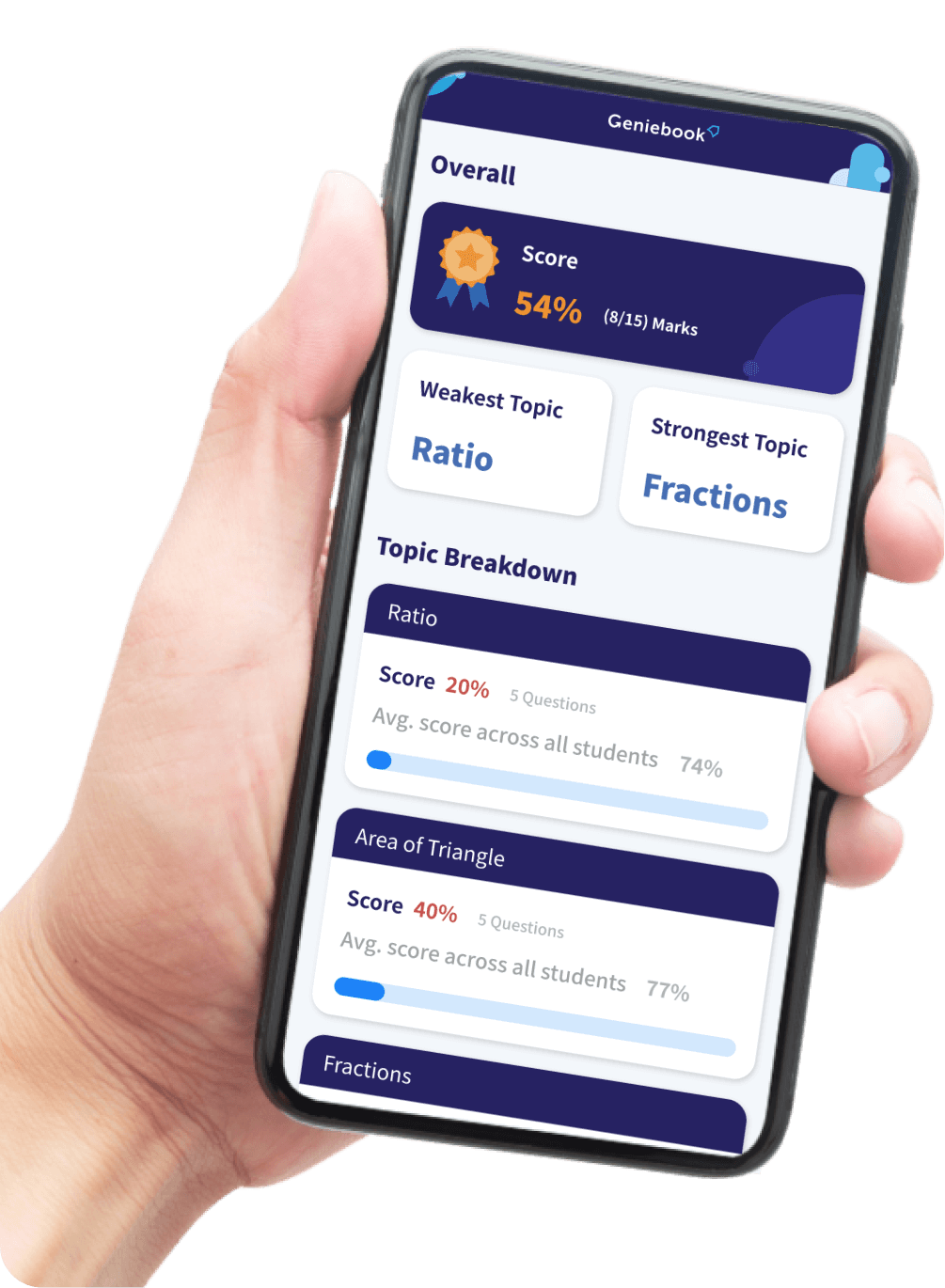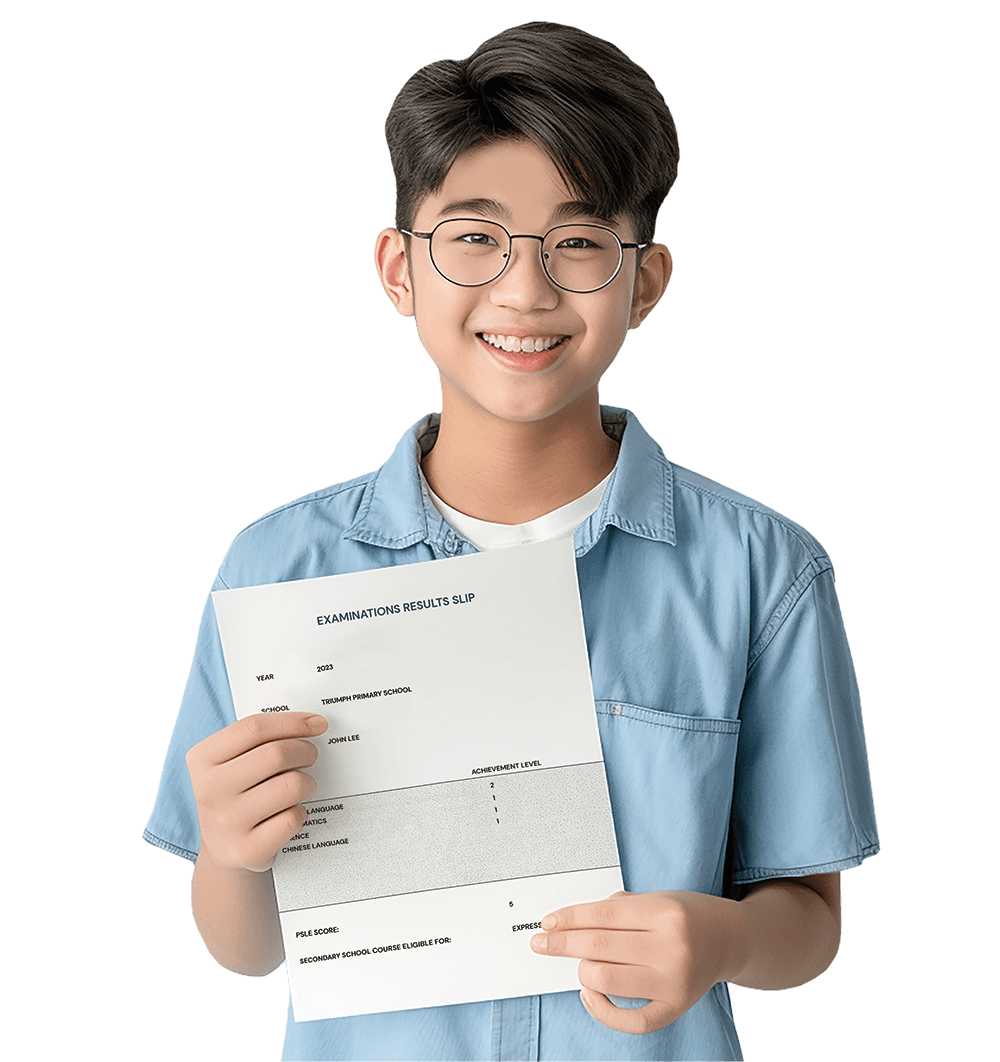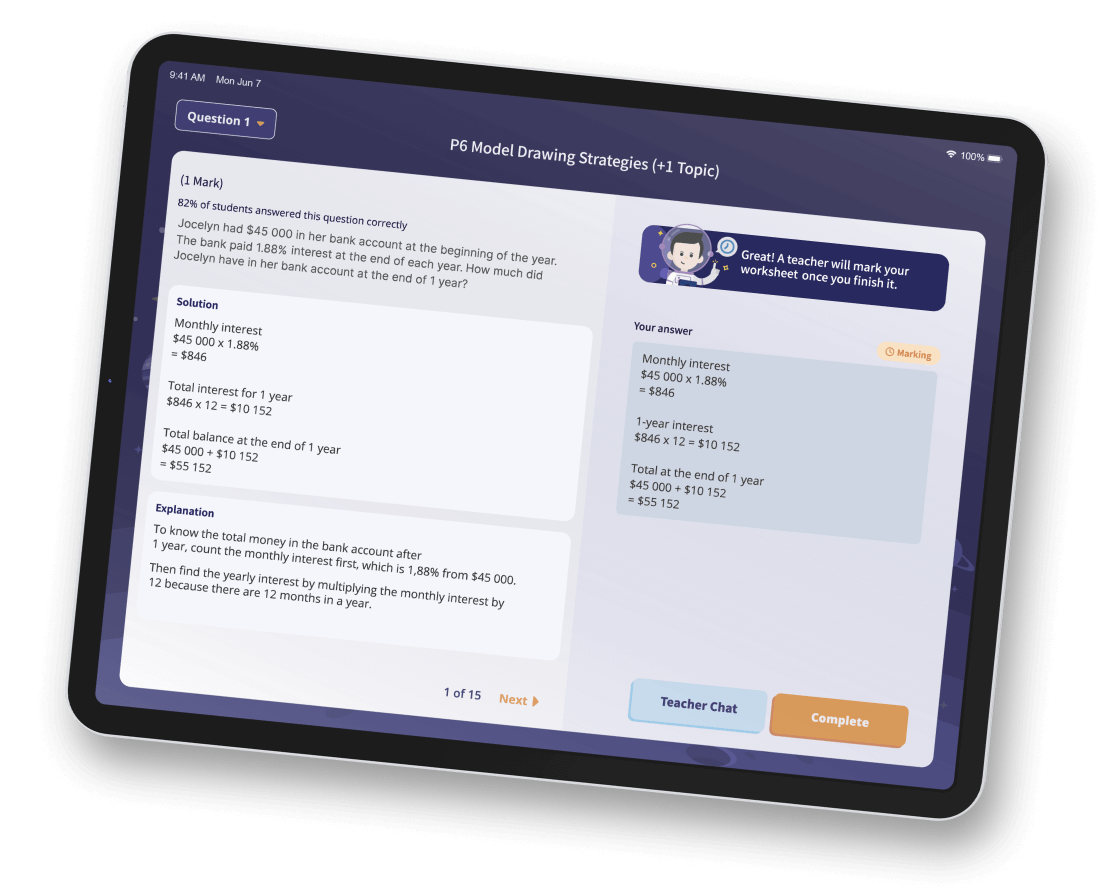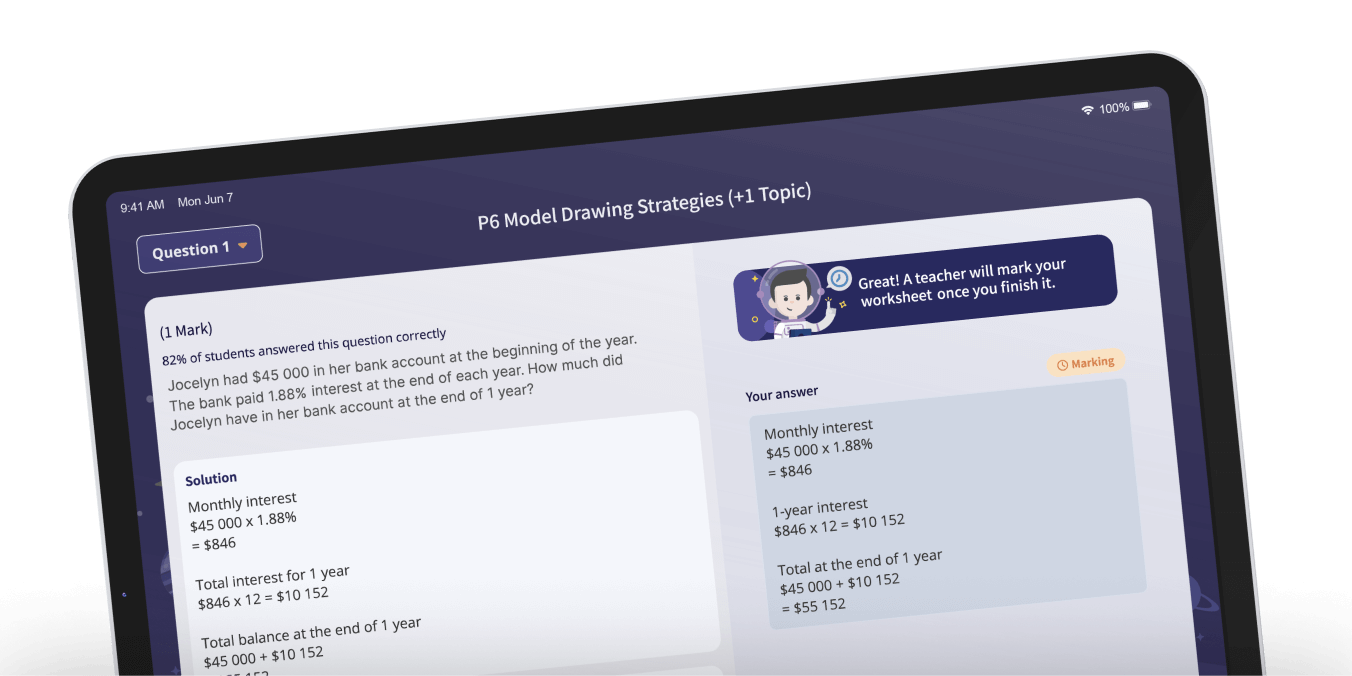Self-directed learning: Some obstacles to look out for

Every child is different, and so is their approach to learning. But there’s no ‘right’ way to learn in order to achieve outstanding results. In fact, the best learning methods to use should entirely depend on your child’s preferences. By personalising how they learn, it’s easier for your child to digest new topics and understand concepts.
Self-Directed Learning is the logical next step in personalisation. Instead of having an external party analyse a student’s preferences and adjusting learning methods to suit them, self-directed learning holds the student solely responsible for identifying the best ways to learn.
There are clear advantages to encouraging your child to adopt self-directed learning, such as making them more self-reliant, fostering natural curiosity and developing problem-solving skills. But as attractive as its benefits sound, picking up self-directed learning does take some effort.
Here’s a few things to take into consideration if and when you’re helping your child to adopt a self-directed learning mindset.
Obstacles to look out for in Self-Directed Learning
Lack of direction
The biggest problem in self-directed learning is creating a plan and sticking to it, which should include such things like figuring out what to study and how to start. The syllabus for each subject can consist of many chapters, and it can be unclear as to which chapters need to be tackled first.
For students just getting started with self-directed learning, such situations can make it difficult for them to proceed with their studies if they’re not used to making active choices on their own, which leads to more confusion and discouragement. If your child is experiencing difficulties in this area, there’s no harm jumping in and giving suggestions on what they should do next.
It’s important to remember that even though self-directed learning is about taking control of one’s academic journey, it doesn’t mean that they shouldn’t ask for assistance along the way, or that they should be forced to go through the process alone.. Procrastination
When students take up the responsibility to study themselves, they may not have someone by their side to hold them accountable for their learning goals and milestones. This newfound freedom can sometimes cause them to have lesser concerns about adhering to schedules, leading to procrastination and lower productivity.
The consequences are obvious: without properly budgeting time for studying, students tend to fall behind in their syllabus, leading to an incomplete understanding of exam topics even as they attempt the actual papers.
As parents, it can be difficult to stay on the sidelines as our children do their best to stay on top of their studies. There are no clear solutions to solving procrastination; the natural instinct would be to offer a guiding hand, but intervening in such a way might render it impossible for our children to continue with self-directed learning. On the other hand, it’s worth giving them the benefit of the doubt and letting them tackle the issue by themselves, but that will require much patience and mutual trust. Lack of Motivation
For some students, self-directed learning might not be something they are willing or able to carry out by themselves at this point in time. It could be that they don’t feel confident about managing all the aspects of learning by themselves, or that they feel overwhelmed and stressed about the implications of self-directed learning.
Whatever the case may be, these mental stressors can manifest in a lack of motivation to continue with self-directed learning, leading to procrastination or even an entire abandonment of their studies. Needless to say, their dismay at not being able to succeed usually leads to even more stress, compounding the negative effects.
It’s important to note that as idealistic as the concept of self-directed learning sounds, it’s entirely acceptable to recognise that one is not ready to embrace it fully and seek guided tutoring to further their education. After all, what’s most important is that students continue learning, even if their learning methods are closely supervised and regulated.
Self-directed learning indeed is not an easy task for most students. It demands consistency and constant effort, and may take some time before producing desirable results. By identifying and being aware of possible obstacles ahead of time, parents can assist their children properly when needed, so that they have every opportunity to succeed in their journey towards self-directed learning.
Interested in getting your child started with self-directed learning? Geniebook is a great first step towards doing so, incorporating a suite of online learning products that allows students to manage their study plans with the help of AI.
Read this article for an overview, or click on the banner below to get started with a complimentary Strengths Analysis for your child.



 SG
SG  VN
VN 



















